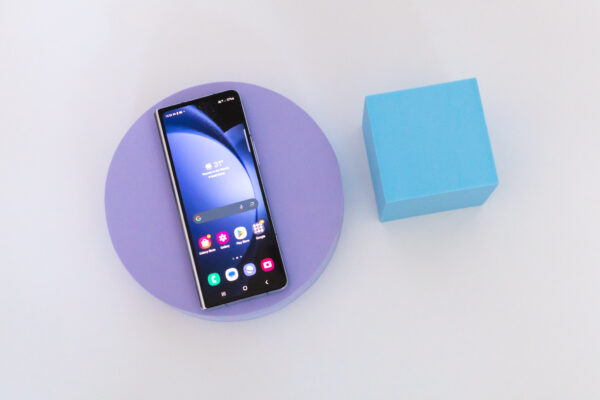
I used the Samsung Galaxy Z Fold5 for a while earlier this month, and I’ve come away liking the foldable smartphone more than I had expected to. This post is especially for those who’ve not used a foldable smartphone before, and want to consider if the Galaxy Z Fold5 might work for you.
Samsung launched the Galaxy Z Fold5 in July this year. This is the 5th generation of their Z Fold series of foldable smartphones which first came to market in 2019. Samsung also has another foldable smartphone design, the Z Flip, which launched in tandem with the Z Fold every year. The main difference is that the Z Fold folds horizontally (i.e. like a book), while the Z Flip folds vertically.
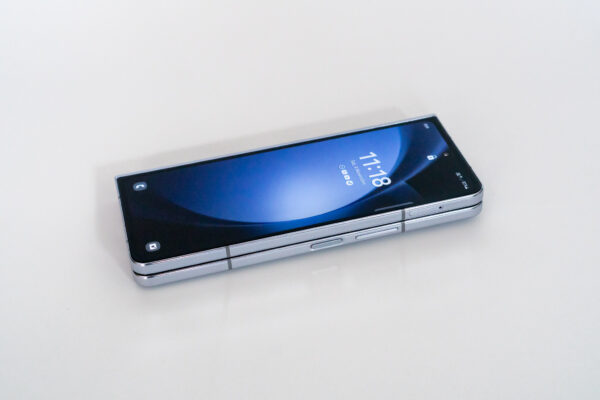
The Galaxy Z Fold5, like any other foldable, tends to be a little thick compared to regular flat smartphones. You can’t get around the limits of technology. The chassis needs to have certain thickness, and if you’re going to fold one part over another, it’ll be almost like stacking two smartphones on top of each other. With the Galaxy Z Fold5, the thickness comes up to 13.4 mm when folded, and just 6.1 mm when opened.
The good news is that foldable smartphones can afford to have a narrower chassis. This means the external display may be smaller, but that is fine when you have a larger main display when the device is opened.
The narrower body has some advantages. The Galaxy Z Fold5 is more comfortable to hold and use one-handed when it is folded. The device will fit better in your hand, and your thumb can more easily reach across the screen to type or interact with various interface elements.
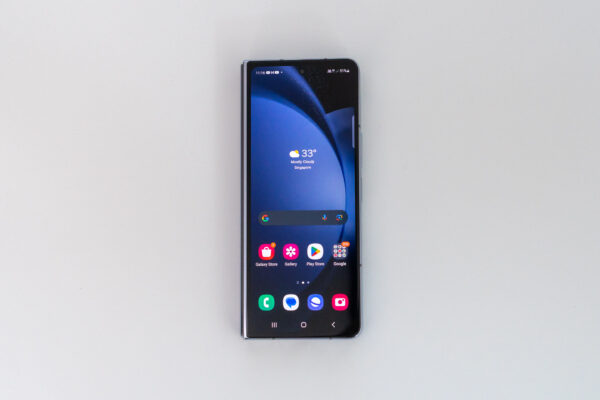
The external display isn’t exactly small, although at 6.2-inches across with a 23.1:9 aspect ratio, it will not keep up with larger “pro-sized” smartphones. However, this size is perfectly fine for simple tasks like messaging.
The Galaxy Z Fold5 does have a perfectly good display that uses Samsung’s Dynamic AMOLED 2X with refresh rate between 60 Hz and 120 Hz. It has 904 x 2316 pixels (401 ppi), and it is protected by Corning Gorilla Glass Victus 2.
For tasks that require a more expansive display, there’s the much larger 7.6-inch main internal display with 6:5 aspect ratio and a resolution of 2316 x 904 pixels (373 ppi). This display also uses Dynamic AMOLED 2X with the same refresh rate. It gets 1200 nits of peak brightness, which works well even in bright outdoor conditions.
If you’re wondering, how does a display fold? Is it not glass? While it seems that plastic might have been used since the material is bendable, Samsung uses Ultra Thin Glass (UTG) as the final topmost layer of the display. UTG is flexible like plastic, but more tough. UTG feels to me fingers like some sort of screen protector.
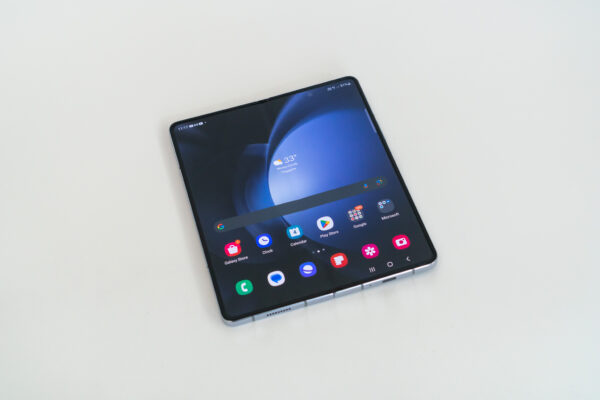
Then, about fold itself. Is it noticeable? Yes, it is. The crease at the fold is inevitable. It has gotten better through successive generations of the Z Fold smartphones. But the technology isn’t there yet for the crease to simply disappear when the display is fully opened.
The good news, however, is that the crease is sufficiently inconspicuous that your mind won’t consciously notice it if you are focused on the content on the display. Whether you are browsing webpages, shopping, or watching Netflix, you will not feel like there’s a crease line there interrupting your viewing experience.
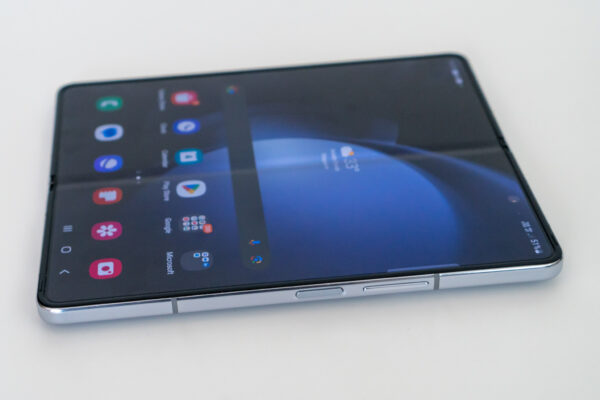
You will see the crease if you purposely look out for it. If you want to enjoy using the Galaxy Z Fold5, do yourself a favour and just use it, don’t go looking out for crease lines. You’ll also feel the crease when you slide your fingers over it, but the touch and pen functions are unaffected.
Speaking of pen. The Galaxy Z Fold5 supports the S Pen Fold Edition, not any other S Pen. This S Pen, unfortunately, is not included, and the Z Fold5 does not have a built-in slot to hold one. Also, the S Pen support is only available on the main display.
The Galaxy Z Fold5 has cameras in a few places. Let me start with the one on the main display, or, more accurately, under the main display. You can actually sort of make out the Under Display Camera located at the top of the right half of the chassis. Like the crease line, if you don’t go looking out for it, its presence won’t be much of a distraction.
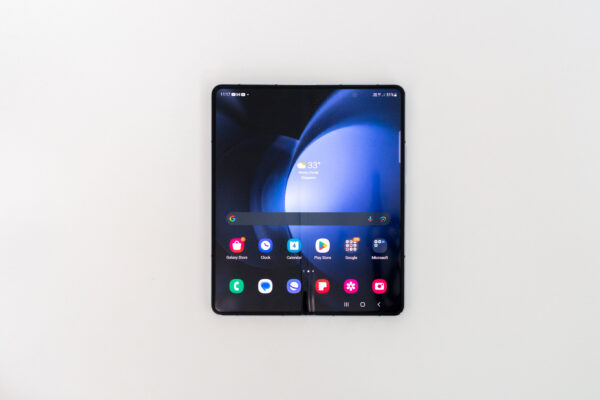
This Under Display Camera beneath the main display has a basic 4 MP sensor and 26 mm (wide) lens.
The other selfie camera is at a cutout at the top of the external display. This is the better quality selfie camera with a 10 MP sensor, f/2.2, 24 mm (wide) lense capable of shooting videos up to 4K at 60 fps.
The main camera system is the triple camera setup on the back of the Galaxy Z Fold5. This comprises a 50 MP, f/1.8, 23 mm (wide) Dual Pixel PDAF OIS camera; a 12 MP, f/2.4, 3x optical telephoto, PDAF with OIS, camera; and a 12 MP, f/2.2, 12 mm (ultrawide) camera.
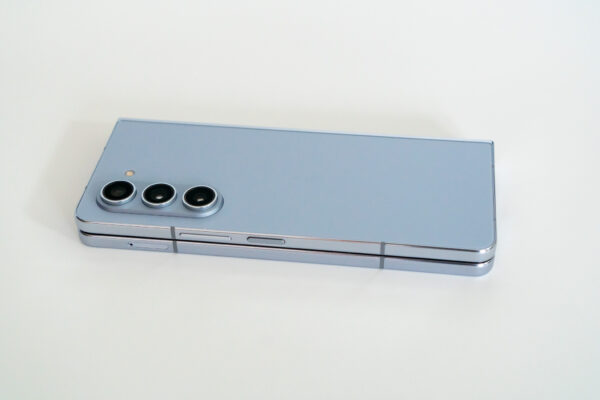
There’s a LED flash, support for HDR, and video up to 8K at 24 fps, 4K at 60 fps, 1080p at 240 fps, and 720p at 960 fps. You can shoot some cool slow-motion video with this setup.
You can read up other reviews for in-depth analysis of the phot and video qualities of the Galaxy Z Fold5. My quick takeaway is that you’ll get great photos and great videos, almost comparable to the Galaxy S23 Ultra. However, the Galaxy S23 Ultra with a quad-camera setup edges out the Galaxy Z Fold5, especially with the former’s unbeatable 10X optical zoom.
The fingerprint scanner is embedded in the power button that’s on the side of the body. It’s fast and easy to use. This position may not be the best for when the smartphone is on a stand or lying flat on a table. You can use Face Unlock too, though it is a less secure unlock method compared to the fingerprint scanner.
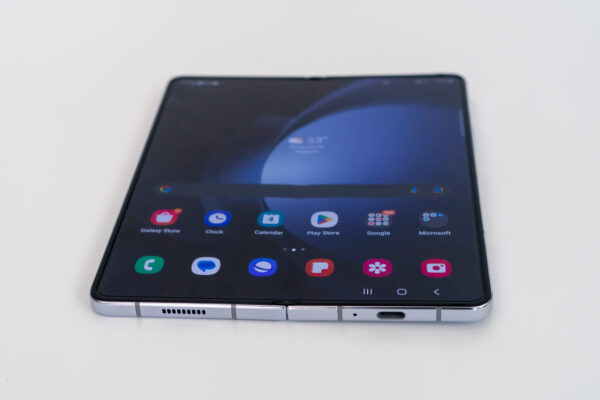
In most other aspects, the Galaxy Z Fold5 is not much unlike other premium flagship devices from Samsung. Like the Galaxy S23 series this year, the Galaxy Z Fold5 is powered by Snapdragon 8 Gen 2 for Galaxy, which comes out of a partnership between Samsung and Qualcomm to customise a slightly overclocked processor for several Samsung Galaxy devices.
For storage, you can choose between 256 GB, 512 GB, or 1 TB. All models come with 12 GB of RAM. Colour options include Phantom Black (as reviewed here), Icy Blue, and Cream.
The Galaxy Z Fold5 runs Samsung’s One UI 5.1 (Android 13), upgradable to One UI 6 (Android 14). To say that One UI is just Samsung’s skin for the Android OS would be quite an understatement. There is so much to One UI that it’ll take a whole post on its own, but I’ll just be quick here.
The executive highlight is that One UI is a polished software that comes with many genuinely useful features. It’s not just about having more customisations and being prettier but having features that you can and likely will use to improve your mobile experience.
One UI is even more important in a larger-screen device like the Galaxy Z Fold5 because of its multitasking capabilities, allowing you to interact with multiple apps on the screen at the same time. Samsung’s DeX mode is particularly awesome. It gives you a desktop-like OS experience when the Galaxy Z Fold5 is connected to an external display, either wired through the USB Type-C connection or wirelessly via a Miracast.
As I said at the start, I hadn’t expected to like the Galaxy Z Fold5 that much. I thought foldables were bulky, and that the crease line at the fold would hinder my ability to use the smartphone. Foldables are also rather expensive, which is too much of a premium considering those disadvantages for the little benefit of a larger screen.
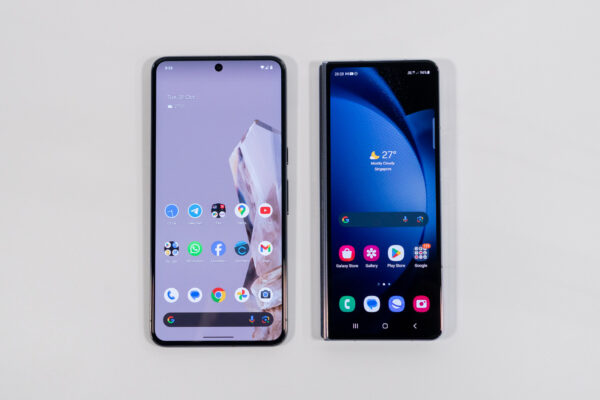
I was wrong on most of those counts. The Galaxy Z Fold5 isn’t clunky. It’s narrower than most smartphones, likely also shorter than many larger smartphones. (See the photo above comparing the Google Pixel 8 Pro with the Samsung Galaxy Z Fold5.) The Galaxy Z Fold5 is actually more comfortable and easier to hold in one hand, and to use when folded. You can tell you’re having a thicker phone with the Galaxy Z Fold5 in your pants pocket, but the narrower body removes most of the bulkiness feel.
The crease line, as I had explained earlier, kind of disappears if you just use the smartphone and stop looking for it. I can understand it may still bother some people. Someday, the technology will be good enough for a foldable to not have a crease line, but for now, this is as best as you can get.
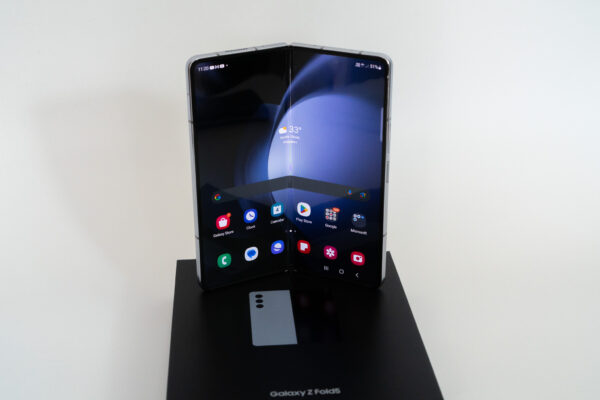
I’m quite happy with the Galaxy Z Fold5 and I can see myself using it as my main smartphone. It’s a great smartphone, essentially the foldable version of the Galaxy S23 Ultra.
At this point, I need to talk about price. Foldables, like this Galaxy Z Fold5, are still pretty expensive, coming in much above premium flagship non-foldables. One has to seriously consider if that larger 7.6-inch screen is really worth that extra expense. To choose between the Galaxy Z Fold5 and the Galaxy S23 Ultra comes down to this: do you want the largest display, or do you want the best camera?
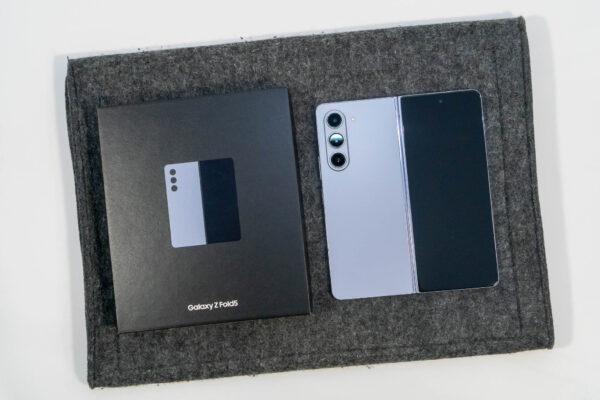
The official retail price of the Samsung Galaxy Z Fold5 starts at $2,287, which comes with discounts and free gifts when you buy from Samsung’s online store. Street prices from other online platform sellers tend to start from around $1,600.
View Comment Policy